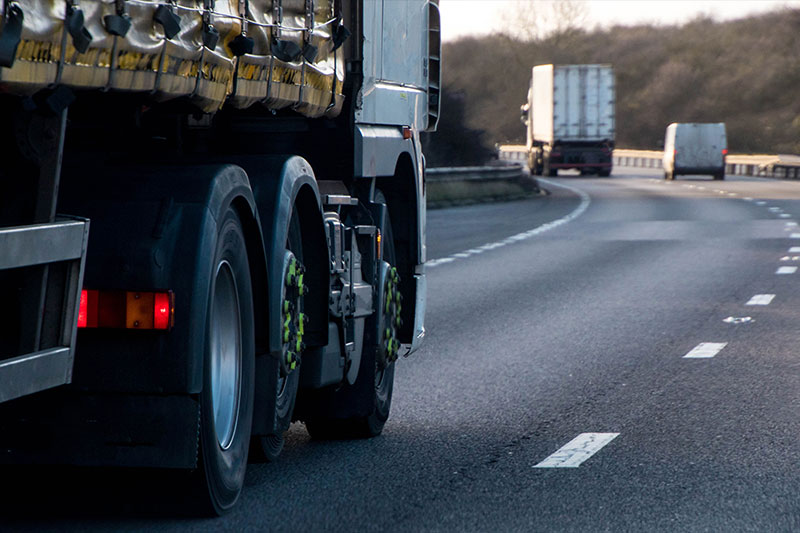Trucking is a crucial industry that keeps commerce moving efficiently. However, there’s a potential risk that can affect truck drivers, and that’s jackknifing – a situation where a truck and its trailer fold into a ‘V’ shape, posing risks to the driver and other road users. Alongside the human toll, there are significant financial implications due to time lost in accidents and potential damage to goods and vehicles.
Understanding Jackknifing and Trailer Sway
Distinguishing the Dangers: Trailer sway, though different from jackknifing, can serve as a warning sign. It typically occurs in windy conditions when the tractor unit moves parallel to the road, causing the trailer to sway from side to side. If the tractor unit isn’t moving straight ahead, especially during a turn, the trailer can swing towards the turning direction, potentially leading to a jackknifing incident. Identifying trailer sway is crucial, as controlling it before making a turn minimises the risk of a more severe jackknifing scenario.
The Causes of Jackknifing
Adverse Weather Conditions: Unfavourable weather conditions such as rain, sleet, snow, and hail increase the likelihood of a trailer skidding out of control. In such conditions, even minor instances of trailer sway can become perilous due to poor traction.
Traction Challenges: Poor traction often results from light loads, slippery surfaces, and engine braking. Trucks and trailers are designed for full capacity, and when the trailer is light or empty, strong brakes can induce skidding. Engine braking, while efficient for brake longevity, only applies force across the driving axle. Gentle braking, particularly in non-dry conditions, spreads the force across all trailer axles, reducing the risk of skidding.
Excessive Speed: Excessive speed, especially when descending steep inclines or approaching bends, is a major contributor to jackknifing incidents. Failing to slow the trailer sufficiently allows its momentum to carry it beyond the truck, increasing the risk of a jackknife.
Road Bends: Bends in the road amplify the risk of jackknifing if the truck and trailer aren’t parallel to the road. Even a minor deviation can lead to a catastrophic accident given the immense weight carried by trailers.
Strategies for Jackknife Prevention
Maintenance is Key: Regular maintenance of both the truck and trailer is crucial. Tires with flat spots or insufficient tread compromise traction, while brakes and suspension must work uniformly across all wheels.
Weather Awareness: In challenging weather conditions, exercise extra caution. While the following tips apply universally, in slippery conditions, give the vehicle more time to slow down and remain vigilant for trailer sway in windy environments.
Skid Management: Preventing jackknifing involves understanding and managing skids. When approaching slopes or curves, gently apply brakes to slow down. Braking or decelerating during a turn should be avoided, with careful modulation of accelerator and brake pedals.
Proper Load Distribution: Uneven loads contribute to traction imbalances, increasing the risk of skidding. Alongside daily vehicle checks, ensuring a proper distribution of weight over the axles is crucial.
In conclusion, jackknifing can have severe consequences, but with a proactive approach to maintenance, weather awareness, and skid management, it can be mitigated. The safety of trucking operations depends on the diligence of drivers and a comprehensive understanding of the factors contributing to jackknifing incidents. Stay safe on the roads, and may your journeys be free from the ominous ‘V’ shape of danger.





